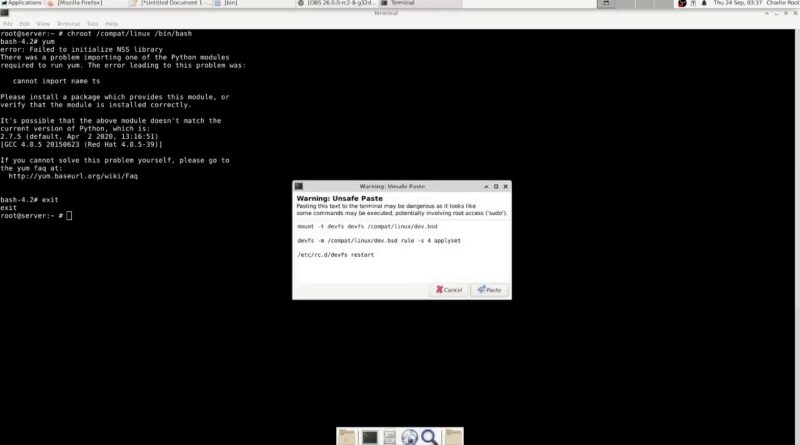

The sections below explain each package manager in detail and show examples of basic YUM and APT usage. YUM allows any changes to be rolled back.Īllows changes to be rolled back by specifying the version you want to downgrade to. The sudo apt upgrade command is used to upgrade all packages to the latest stable version. The yum update command is used to upgrade the installed packages to the latest version. etc/apt/apt.conf file organized in a tree with options organized into functional groups.

allows users to set YUM options with global and repository-specific effects. Red-Hat-based distros, such as RHEL, Fedora, CentOS, Rocky Linux, OpenSUSE, etc.ĭebian and Ubuntu-based distros, such as Debian, Ubuntu, Lubuntu, Kubuntu, etc.

The following table shows an overview of the crucial differences between YUM and APT: Package Manager However, some key differences set the two package managers apart. Both tools keep the information in a database and provide the same basic command-line features. YUM and APT offer the same core functionalities when it comes to installing packages.


 0 kommentar(er)
0 kommentar(er)
